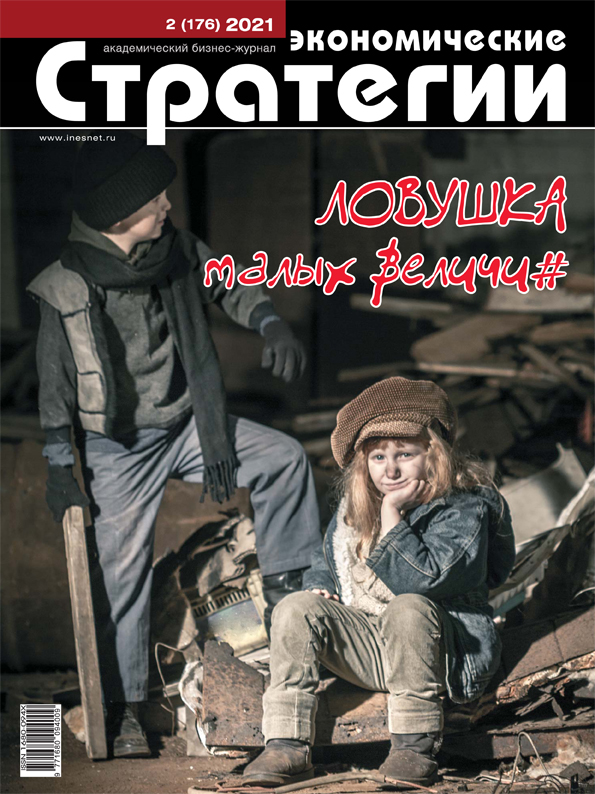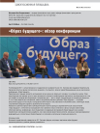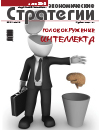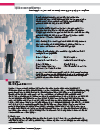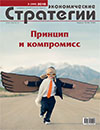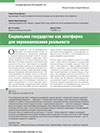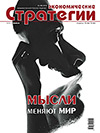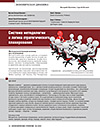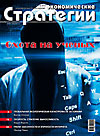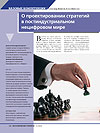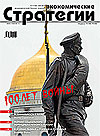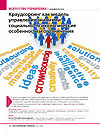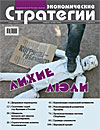One Humanity — Society of the Awakened
DOI: 10.33917/es-6.198.2024.130-137
The issue of the national idea and the guiding image of the future as Russia’s own project has long and rightly been the subject of “deep thoughts” not only for the Kremlin ideologists. It stirs the minds of the entire Russian intellectual community.
Sometimes the most exotic projects and ideas are shuffled around in a painful search. At the same time, most thinkers forget criteria for the conformity of concepts to their purpose, of which the historical moment nature dictates the main one: unprecedentedness. Any conservative and backward-looking ideas, be it “Moscow — the third Rome”, Orthodox monarchism, all kinds of Vedism and national Slavism, neo-imperialism, etc., categorically don’t meet the requirements, which also include: universality (the idea should be born in Russia, but to be intended for all humanity) and supra-mundaneity (implies a supramaterial basis — sacred, highly spiritual sources). Only an ideology that meets the listed requirements can become the basis for an attractive and life-affirming image of the future, capable of participating on equal terms in the culminating battle of world projects. «There is nothing stronger than an idea whose time has come». The present article is the first official publication of the sought-after image of the future, relevant to all presented criteria and capable of changing the course of history in the existing bifurcation point at the civilizational crossroads.
References:
1. Schwab K., Malleret T. COVID-19: The Great Reset. Cologny, Geneva, World Economic Forum, 2020, 212 p.
2. Edinoe Chelovechestvo — ideologiya novogo vremeni (rezh. Trannik S., 2022) [United Humanity — the Ideology of the New Time (directed by Trannik S., 2022)]. Perekhod, available at: https://perehod.life/ideology/
3. Obozhenie [Deification]. Vikipediya, available at: https://ru.wikipedia.org/wiki/Обожение
4. Trannik S. Zhizn’. Instruktsiya Tvortsa [Life. Creator’s Instructions]. Moscow, 2021, 304 p.
5. Samadkhi. Chast’ 1. Mayya, illyuziya obosoblennogo Ya (rezh. D. Shmid, 2017) [Samadhi. Part 1. Maya, the Illusion of a Separate Self (dir. D. Schmid, 2017)]. Awaken the World, available at: https://awakentheworld.com/ru/film/russian-samadkhi-1-mayya-illyuziya-obosoblennogo-ya/
6. Samadkhi. Chast’ 2. Eto ne to, chto ty dumaesh’ (rezh. D. Shmid, 2018) [Samadhi. Part 2. It’s Not What You Think (dir. D. Schmid, 2018)]. Awaken the World available at: https://awakentheworld.com/ru/film/russian-samadkhi-2-eto-ne-to-chto-ty-dumayesh/
7. Sotsial’no-obshchestvennyy uroven’. Religiya [Social and Public Level. Religion]. Obshchestvennoe dvizhenie “Perekhod”, available at: https://perehod.life/social/#religiya
8. Shkol’nikov A.Yu. Poiski ideologii dlya Rossii [Search for an Ideology for Russia]. Школьников INFO, 2023, 28 iyunya, available at: https://shkolnikov.info/articles/11-analitika-i-prognozy/109845-poiski-ideologii-dlja-rossii
9. Obshchestvo probuzhdennykh — obraz budushchego [The Awakened Society — A Vision of the Future]. Obshchestvennoe dvizhenie “Perekhod”, available at: https://perehod.life/awakened-society/




